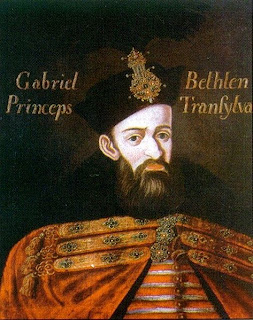Dumitru Daponte (1894-1956) was a Romanian engineer, who invented in 1924 the 3D cinema.
After World War I began the boom of film industry. It was the silent film era, black and white, interrupted every 10 minutes to change the film coil. The dialogues were designed separately, on a black background and some film scenes were interrupted to provide the necessary explanation for the action understanding. However, the theaters were full and it was obvious that the new industry had a golden future.
One of the problems that Dumitru Daponte tried to solve is related to playback images in relief (the classic projection has only width and height, not depth, making the screen to be viewed as a sequence of shots). Techniques used in this way were different: the use of glasses with colored lenses, the projection of images on a curved screen etc.
Before Daponte, another Romanian had made a similar attempt: N. Iliescu Brînceni developed a kind of binoculars, which each spectator had to hold to eyes to see on a screen two distinct sets of images superposed to obtain the sensation of relief.
Dumitru Daponte began to work on his invention in 1916, doing research and experimentation in Italy and England, countries where the film enjoyed a great interest. He then made a device for obtaining a stereoscopic effect, based on the idea that the relief conditions must be created since the time of registration of the film. Daponte built a camera with two objectives (the ones by then had one), at approximately 6 cm distance from each other, trying to get the relief effect by projecting simultaneously each pair of captured images. The engineer based his invention by the fact that man sees with two eyes and the perception of relief is due to this double simultaneous reception of the image. His apparatus also contained a device allowing the adjustment of the distance between the two objectives. The two films thus obtained were then entered into a special recording device, such as the two images to be implemented on a single film. His invention was patented in France (Patent no. 592963) and England (Patent no. 222173).
Daponte's invention, introduced in 1924, enjoyed great interest and represented a step forward in addressing this crucial issue for the future of film industry.
Tour in west Cotroceni – Sunday 20 July
3 days ago





















































